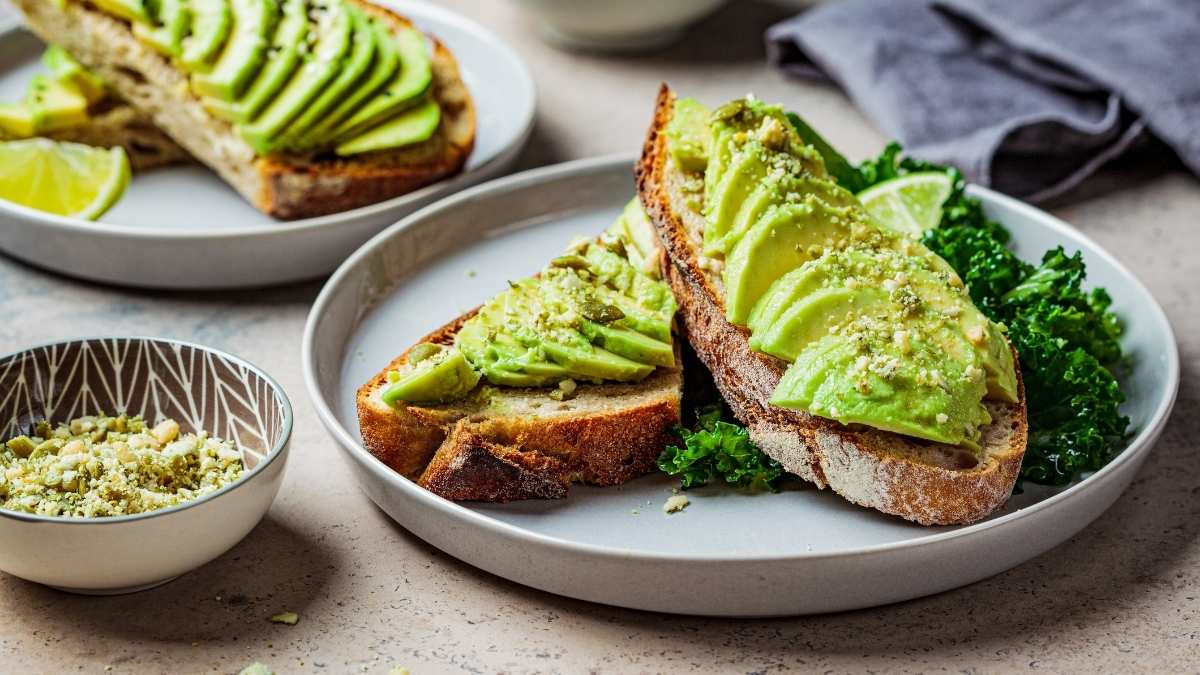Most famous for producing champagne, the region’s name-brand sparkling white wine, is the wine region located in the historic province of Champagne in northeastern France. The term “Champagne Hillsides, Houses And Cellars” refers to several locations in the region that were added to the UNESCO World Heritage List in 2015 because of their historical significance in the manufacture and distribution of champagne as well as their ability to show how an agro-industrial enterprise came to be known across the globe.
Champagne Hillsides, Houses And Cellars In France

The property includes locations from the early 17th century to the early 19th century when the process of making sparkling wines was created based on the idea of secondary fermentation in the bottle. It is composed of three unique ensembles: the Avenue de Champagne and Fort Chabrol in Epernay; the historic vineyards of Hautvillers, Aÿ and Mareuil-sur-Aÿ; and Saint-Nicaise Hill in Reims.
The entire process of producing champagne is exemplified by these three elements. They include production sites, complete with underground cellars; the supply basin created by the ancient slopes; and the sales and distribution centres, known as the Champagne Houses. The property is a clear example of how a highly specialised craft activity evolved into an agro-industrial business.
The Champagne Hillsides, Houses, and Cellars, located in northeastern France on chalky, chilly terrain, provide a unique agro-industrial landscape where settlements and urban areas concentrate production and trading activities while vines serve as the supply basin. A unique, three-pronged organisation built on distinguished architecture, underground heritage, and practical urban planning has emerged from the demands of producing Champagne wine.
Also Read: France On High Alert! Louvre & Versailles Palace Closed, Tourists Evacuated Due To Bomb Threats
This agro-industrial system has shaped not only the landscape but also the local economy and everyday life. It is the result of a protracted process of development, technological and social innovations. In addition to, industrial and commercial transformations, and mass production of a product sold worldwide.
It Is The Product Of Generations Of Experience

The Champagne Hillsides, Houses, and Cellars are the product of generations of experience, exemplary inter-professional organisation, and appellation protection. As well as the long-term growth of intercultural relationships and social innovations in which women also participated.
The balance between the Champagne Houses and the wine farmers resulted in the creation of an innovative inter-professional framework that continues to function today. A product of centuries-old wine-growing and wine-making techniques, Champagne production is based on its supply basin (vineyards), processing areas, and sales and distribution hubs (house headquarters).
Since the 18th century, Champagne has been exported all over the world. As a result, trade development led to a unique type of town planning that combined showcasing and practical objectives. New neighbourhoods were constructed around hubs for production and sale, connected to transportation links and vineyards.
The property’s symbiotic functional and spatial arrangement encompasses the most representative and best-preserved parts. Further, attesting to the invention, production, and dissemination of Champagne. After battles, phylloxera outbreaks, and winegrower uprisings, the entire property has recovered. The topography and the valuable vineyards serve as boundaries for the hillside communities. And they have managed to maintain their historical state.
Also Read: Why Is France’s Highest Mountain, Mont Blanc Shrinking By Over 2m Since 2021?
Little has changed in terms of the landscape and plots, and the building legacy is still in good shape.
Cover Image Courtesy: Canva
For more such snackable content, interesting discoveries and latest updates on food, travel and experiences in your city, download the Curly Tales App. Download HERE.
Good news! We are on WhatsApp! Subscribe to Curly Tales WhatsApp Channel to stay up-to-date with exclusive content and BTS. Join HERE.
First Published: October 27, 2023 7:19 PM



